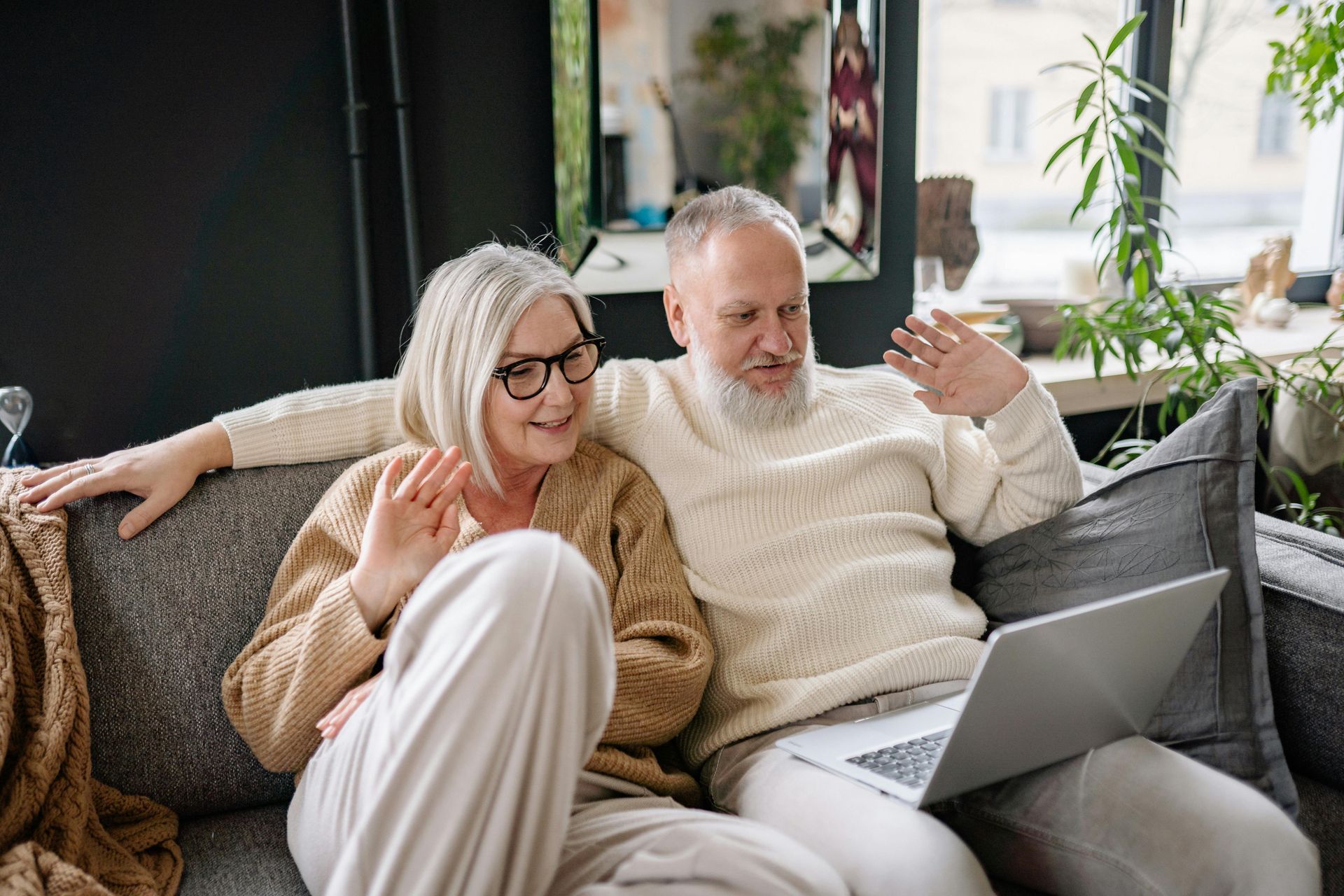Preventing Falls in Older Adults
Falls are a major concern for older adults, with over 33% of those aged 65 and older falling each year in the United States. People aged 75 and older make up 85% of fall-related deaths among older adults. Men have higher fall-related death rates, but women are more likely to suffer nonfatal injuries. Falls can result in serious injuries like hip fractures, bruises, and head traumas, with traumatic brain injury (TBI) accounting for 46% of fatal falls in older adults.
Fear of falling, even without injury, can lead to reduced activity, decreased mobility, and lower physical fitness, increasing the risk of future falls. Only half of older adults hospitalized for a hip fracture can return home or live independently afterward.
Research indicates that about 30% of falls can be prevented through environmental modifications. Several strategies have proven effective in reducing the risk of fall-related injuries and deaths:
- Multifactorial Interventions: These include exercises focusing on balance, gait, and strength training, Tai Chi, or physical therapy.
- Environmental Adaptations: Implementing changes in the home and during daily activities to reduce fall risk factors.
- Cataract Surgery: While vision interventions as a standalone approach are not recommended, cataract surgery can be beneficial where needed.
- Medication Reduction: Reducing the number of medications, especially those affecting the brain like sleeping pills and antidepressants.
- Managing Blood Pressure and Heart Rate: Ensuring effective management of blood pressure and heart rate abnormalities.
Key Fall Prevention Strategies
- Exercise Programs: Strengthen bones, improve balance, and enhance postural reflexes.
- Medication Review: Adjust medications to prevent dizziness, drowsiness, or disorientation.
- Environmental Modifications: Prevent about 30% of falls by altering home environments.
Effective Fall Prevention Methods
- Multifactorial Programs: Include balance, gait, and strength training exercises, Tai Chi, or physical therapy.
- Home Adaptations: Reduce fall risks through various home adjustments.
- Cataract Surgery: Beneficial when needed, though vision interventions alone are not recommended.
- Medication Management: Reduce medications affecting the brain, such as sleeping pills and antidepressants.
- Manage Blood Pressure and Heart Rate: Ensure proper management to reduce fall risk.
Practical Fall Prevention Measures
Lighting
- Ensure good lighting in rooms and hallways, with switches at entrances.
- Provide extra lighting from bed to bathroom and on stairs.
- Use night lights and bulbs with higher wattage for better illumination.
- Reduce glare with light shades or frosted bulbs.
Floors and Hallways
- Keep pathways clear of obstacles.
- Install motion lights
- Remove low-lying objects.
- Provide stable furniture for support.
- Use nonskid rugs and wax on slippery floors.
- Secure area rugs with nonskid tape.
- Tape down carpet edges to prevent tripping.
- Create smooth transitions between rooms by removing or replacing carpeting over thresholds.
- Encourage counting steps on stairs for safety.
Bathrooms
- Use elevated toilet seats or safety frames.
- Install grab bars or shower chairs.
- Install walk-in tub or shower.
- Add handheld shower hose
- Install anti-scald devices
- Apply nonskid strips to bathroom floors.
- Place nonskid mats in the tub.
- Use liquid soaps instead of bar soaps.
Appliances
- Elevate the oven
- Lower down the microwave
- Raise up washing machine and dryer or replace with front loading one
- Add flexible faucet
- Stairways and Steps
- Install secure handrails.
- Apply nonskid treads to steps.
- Repair worn carpet on steps.
- Use contrasting nonskid tape for visibility.
- Ensure steps are even and handrails are sturdy.
Furniture
- Use chairs that are easy to get in and out of.
- Provide chairs with armrests.
- Add cushions to raise seat height.
- Adjust bed height with the right mattress thickness.
Storage
- Keep frequently used items at waist level.
- Use “grabber reacher” devices for higher objects.
- Install shelves and cupboards at accessible heights.
General Safety
- Follow osteoporosis medication regimens.
- Eat balanced, nutritious meals.
- Engage in regular weight-bearing exercises.
- Avoid alcohol and risky behaviors, like standing on ladders unaided.
- Wear low-heeled shoes with good traction.
- Use prescribed mobility aids and check them regularly.
- Change positions slowly to avoid dizziness.
Preventing falls isn't just about safety—it's about preserving independence, confidence, and quality of life. With the right combination of exercise, medication review, and home modifications, many falls can be avoided altogether.
But for many older adults, making those changes—like remodeling a bathroom, installing stair railings, or hiring help—can be financially challenging.
That’s where we can help.
If you or a loved one wants to remain safely at home, there are ways to use your existing home equity to fund these important upgrades and services—without selling your home or taking on monthly payments.
Let’s talk about how to turn your home into a safer, more supportive space—while protecting your retirement lifestyle.
Author: Kinga Wulczynska-Lauer
Disclaimer:
Retirement In Reverse is a mortgage company dedicated to serving older adults, financial planners, and wealth managers with a strong focus on education and informed decision-making. While we strive to provide helpful information on a variety of topics, we are not experts in all areas. That’s why we collaborate with a trusted network of professionals—including attorneys, tax advisors, and financial planners—to help connect you with the right expert based on your individual needs. The information provided in this article is for educational and illustrative purposes only. Before making any financial, legal, or lifestyle changes, we strongly recommend consulting with a qualified professional who can review your personal situation. If you are considering Reverse Mortgage, call Ted Lange at 760-753-1568 to learn more.




